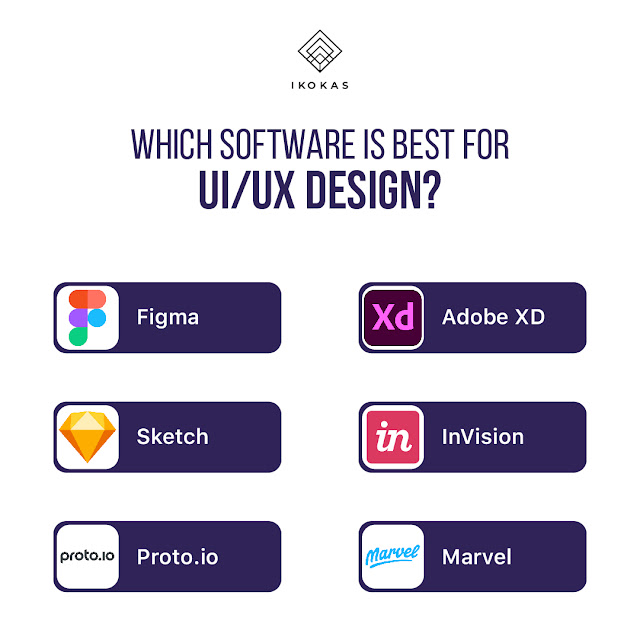UX design trends for fintech websites
UX design trends for fintech websites
Fintech is the catalyst promoting consumer absorption for various new technologies. The emergence of fintech UX design trends has explosively revamped the banking books across the globe. Wiping aside ages of traditional norms, fintech has empowered users with digital arms that can trade more conveniently and securely.
Be it a fintech website bank or mobile app, every bit is designed to fuel user experience through flawless functionality. Factually, the UX design trends are tools to build instant consumer relationships and emotional resonance that seamlessly encourage longer site sessions.
Consumers are becoming more demanding as a result of the hype around digitization. Users jump from one website to the next, from bill payments to financial statement tracking; FinTech service users demand rapid results! Such marvels are made possible by a smooth flow of visuals and the integration of diverse components that communicate visually and verbally.
It's straightforward to spot a need-fit UX trend, but it's not easy. A design's usability and operational capabilities are based on three principles: lightness, trust, and transparency. A nuanced blend of these elements offers an aesthetically engaging interface that aligns with company aims while also meeting augmentative user expectations of tailored delivery across several financial channels.
Fintech firms use the following design patterns to engage, retain, and acquire high-ticket clients in order to continue and serve in the long run:
Building style-
It is a tedious journey for a FinTech brand to create a niche space for them midst the crowded market space. As a result, the companies strive recklessly to make their fintech products stand out from the crowd and create a strong identity for them.
A convincing structure that is exceptionally styled to make an immediate brand recalling is curated by unique logo, appropriate gradients, and eye- catching typography.
Info-visualisation-
FinTech firms provide a ready-to-use data visualization in the form of numerous charts and info graphics. This creates a useful flame that focuses profits and expenditures while also establishing leverage between inflows and outflows. Users can create a forecast analysis of their fund utilization and measure the outcome of their over or under spending habits using the machine-built algorithms. The most popular trends among new-age fin-tech users who manage their accounts and want to swiftly grasp their spending and saving ratios are data visualization.
Mobile-friendly feeds-
The most time-consuming aspect of designing a mobile banking app is integrating numerous banking alternatives into a single app. Fin-tech companies confront a problem in redefining user behaviour through friction-less interfaces and removing the head-loads of digital trades due to the dissociation of banking customers from brick and mortar resources.
A descriptive interface is created by using high-quality designs and functional panels to bring the complete information belt to your screen. A compelling dashboard with good UX features is an excellent method to obtain data chunks, track account statistics, and make wise decisions.
A descriptive interface is created by using high-quality designs and functional panels to bring the complete information belt to your screen. A compelling dashboard with good UX features is an excellent method to obtain data chunks, track account statistics, and make viable decisions.
Quality to Quantity-
Minimalism is the emerging trend in fin-tech UX layouts. Designers offer distraction-free browsing throughout the financial event by removing any page restrictions. The extra space created by sweeping away extraneous detailing allows consumers to easily navigate all of the products and facilitates easy carting. By boosting the page display speed, such basic design venues improve website performance.
Voice bots
Fin-tech applications are preferred by customers from all walks of life who want to get into a financial barter and trade online, at any time. Fin-tech firms are increasingly including voice assistant capabilities into their projects or website footers to improve user absorption and responding to their urgent needs in order to support such digital revolutions.
These bots collect vital user data, which can then be analysed to create a tailored marketing plan based on their digital habits and interests. Furthermore, on the landing page, voice help may resonate with illiterate user demands and provide them with a tool that interoperates and recognizes their questions.
The final note-
Customers may now switch providers more quickly than ever before. To be fair, businesses must add personalised experiences to improve customer retention and acquisition rates. Integrating the right UX plugins is the best method to engage people and beat back the competition, Top fintech UX design trends.




Comments
Post a Comment